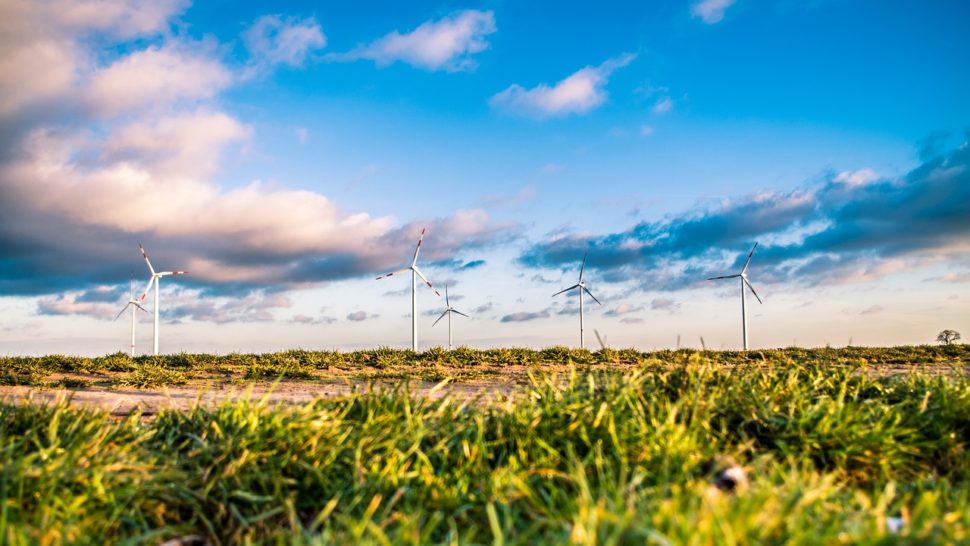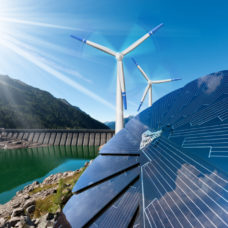Sunny and large countries, like Australia and Algeria, can run on 100% renewable energies relatively easy and quickly.
In fact, theoretically, around 140 countries in the world can go 100% renewables by 2050 — Costa Rica already did it.
As it leads the world in carbon emissions, the United States should lead the global energy transition. And the transition is ongoing. Over a hundred American states, counties, and cities have committed to transitioning to 100% renewable energy.
But sometimes we can get carried away with numbers and figures that can be misleading.
In a topic as critical as greenhouse gas emissions and climate change, we better look at numbers from the right angle. And that was the focus of a new study from Stanford University.
100% Renewables Isn’t Enough
In a paper published in Joule, authors write that “Entities committed to fighting climate change can and should measure the environmental benefits of their renewable strategies accurately.”
According to researchers, while 160 companies around the world have pledged to use 100 percent renewable energy, this doesn’t necessarily mean it’s 100 percent carbon-free energy.
The catch?
Currently, the methods used to estimate GHG emissions calculate the yearly averages, while the amount of carbon the grid generates can vary drastically, over the course of a day in some places.
If we look at the yearly averages of California’s carbon emissions up to 2025, they “overstate” emissions cuts achieved with solar power “by more than 50 percent when compared to hourly averages”.
Read More: Report: Global Shift to 100% Renewables Will be Here by 2050
The co-authors of the paper are two Stanford researchers: Jacques A. de Chalendar, an expert in energy and carbon management problems, and Sally M. Benson, an authority on carbon capture and storage.
They insist on the need for hourly-based calculation methods.
“To guarantee 100 percent emissions reductions from renewable energy, power consumption needs to be matched with renewable generation on an hourly basis,” Said Benson, also co-director of the Precourt Institute for Energy. “Just purchasing more solar energy in a grid that already has lots of solar generation will not result in zero emissions.”
Renewables, especially solar and wind power, are known for their intermittency. Companies claiming to run on 100 percent renewables actually do not. What they do is “they purchase or generate enough renewable energy to match 100 percent or more of their electricity use over the course of the year.”
If supply fluctuations of solar and wind farms weren’t as large, in this case we could refer to annual averages of GHG emissions. Or, and this is another major setback for renewables, if we can store the excess power to return it back to the grid when needed. Energy storage technologies aren’t mature enough yet.
In any case, the authors conclude that:
“Transparent, precise and meaningful carbon accounting is necessary. And if it’s done properly, we can make the right investments in renewable power and create a more sustainable grid.”


















Comments (0)
Most Recent